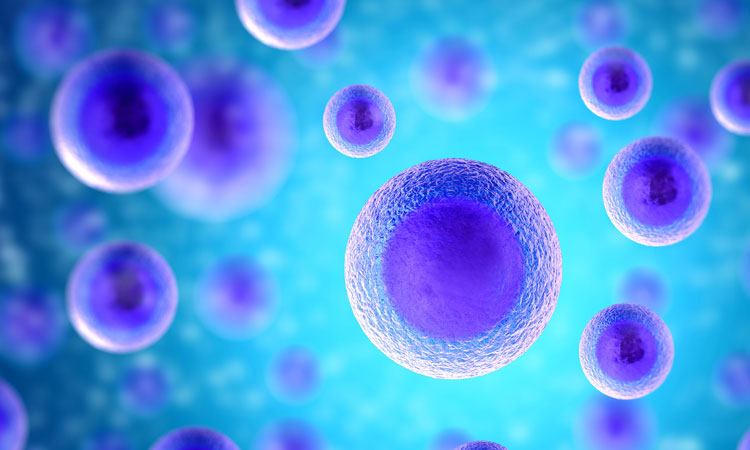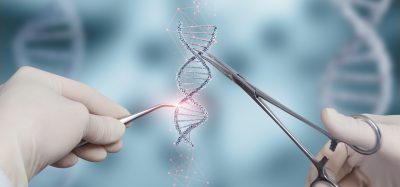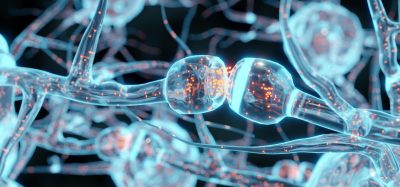New AI tool accurately portrays metabolic states
Posted: 2 September 2024 | Drug Target Review | No comments yet
RENAISSANCE can quantify unknown intracellular metabolic states, including metabolic fluxes.


Researchers at EPFL have made a significant advancement in computational biology, developing an AI-based tool named RENAISSANCE that simplifies the creation of kinetic models and combines different types of cellular data to accurately portray metabolic states. Led by Ljubisa Miskovic and Vassily Hatzimanikatis, the team used the tool to create kinetic models that accurately reflected Escherichia coli’s metabolic behaviour.
By delivering mathematical representations of cellular metabolism, kinetic models provide a method to unravel the complexity of omics datasets. These mathematical representations detail how molecules interact and change within a cell, enabling researchers to understand the biochemical processes involved in cellular metabolism. However, because it is difficult to determine the parameters that control cellular processes, developing kinetic models is challenging.
In the new study, RENAISSANCE successfully generated models that matched experimentally observed metabolic behaviours. The models simulated how the bacteria would alter their metabolism over time in a bioreactor. Also, they maintained stability even when subjected to genetic and environmental condition perturbations. As this suggests that the models can reliably predict the cellular response to different settings, this improves their utility for research and industrial applications.
AI-powered drug discovery: Accelerating the development of life-saving therapies
18 September 2025 | 14:00PM BST | FREE Webinar
Join this webinar to learn how AI is accelerating early-stage drug discovery and improving target identification, practical strategies for applying AI effectively within your organisation and to ask your questions to our industry expert! Dr Remco Jan Geukes Foppen will share practical insights into how AI is being applied across the pharmaceutical sector, helping teams move faster and make better-informed decisions. With experience spanning data management, image analysis, bioinformatics, and machine learning in clinical research, he brings both deep technical expertise and strategic understanding of real-world challenges.
Register Now – It’s Free!
Miskovic commented on the challenge of inadequate data coverage: “For instance, metabolomics and proteomics can detect and quantify only a limited number of metabolites and proteins.” He added: “By combining omics data and other relevant information, such as extracellular medium content, physicochemical data, and expert knowledge, RENAISSANCE allows us to accurately quantify unknown intracellular metabolic states, including metabolic fluxes and metabolite concentrations.”
This research was published in Nature Catalysis.
Related topics
Artificial Intelligence, Metabolomics, Proteomics
Related organisations
EPFL
Related people
Ljubisa Miskovic (EPFL), Vassily Hatzimanikatis (EPFL)








